Androecium is the third whorl of a flower. It is composed of stamens of microsporophylls. It is the reproductive organ of a plant.
Stamen
- The stamen consists of two parts. A thin slender stalk called the filament, and a bilobed structure at its tip, known as the anther.
- Usually, anthers are bilobed (dithecous). In some plants, it is single lobed and is known as monothecous.
- Each lobe has two chambers – the pollen sacs. The sacs enclose pollen grains or microspores. A sterile stamen is called staminode.
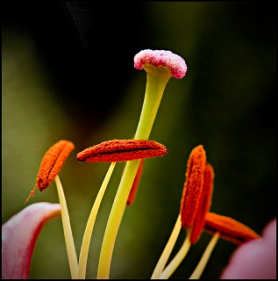
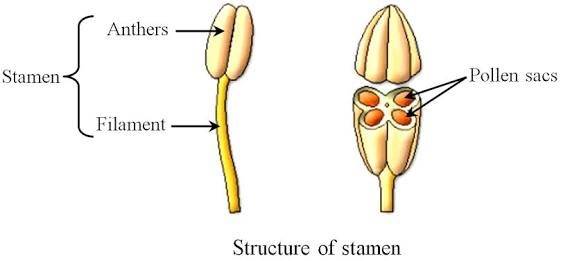
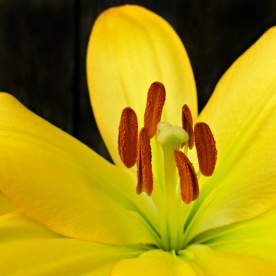
The stamens may either be free (polyandrous) or remain fused together. The fused conditions are as follows.
- Monadelphous: Stamens are united into a single group by union of filaments. The anthers remain free. (e.g. Hibiscus)
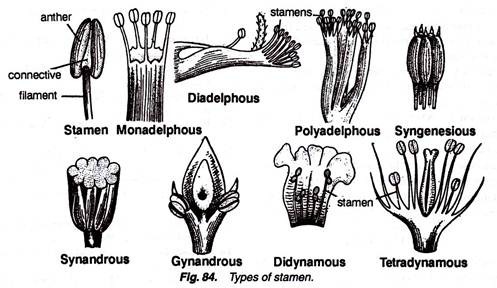
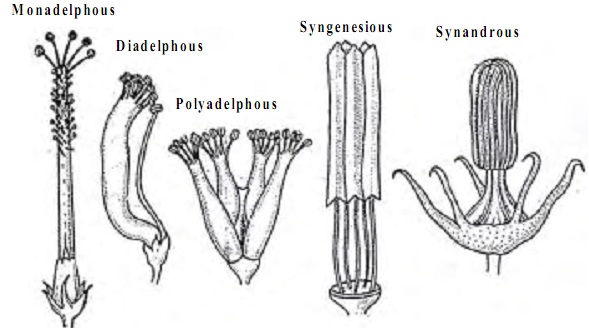
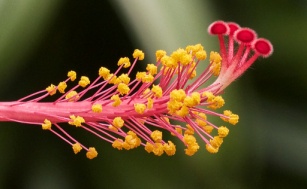
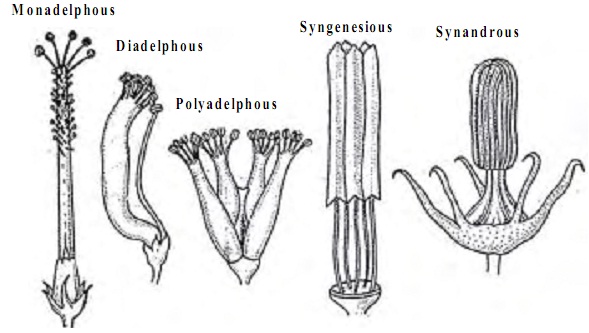
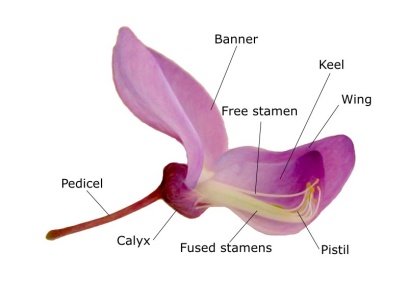
Monadelphous Diadelphous
- Diadelphous: Stamens are united, and arranged in two bundles. (e.g. Pisum)
- Polyadelphous: Stamens are united, and grouped onto several bundles. (e.g. Citrus)
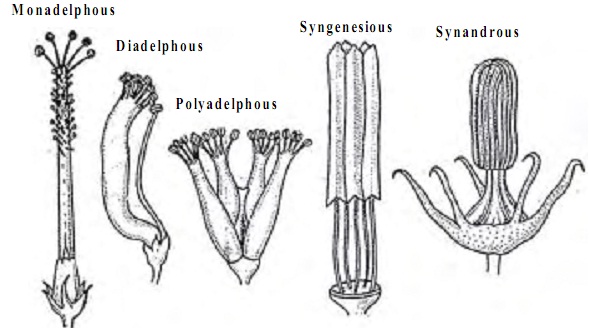
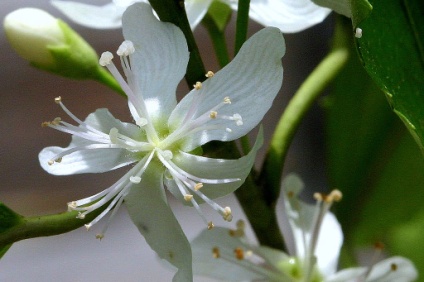
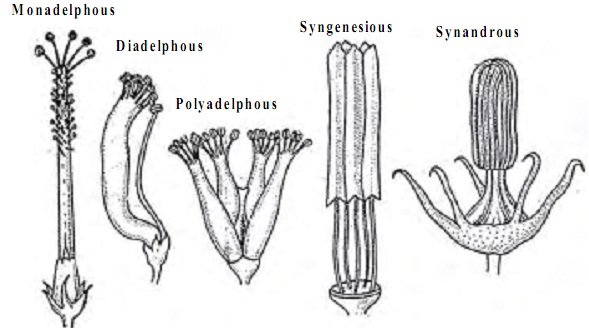
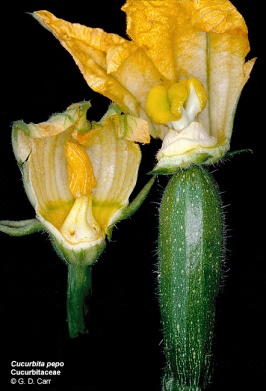
PolyadelphousSynandrous
- Synandrous: Stamens are united their whole length. Both filaments and anthers will be fused. (e.g. Cucurbita)
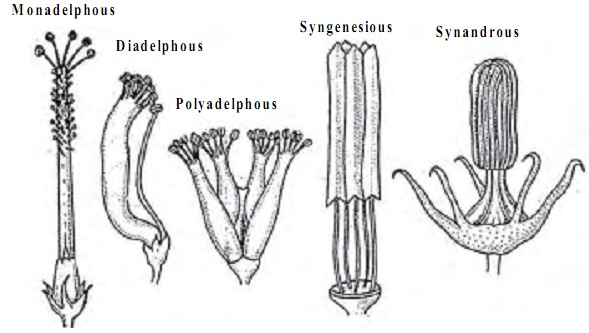
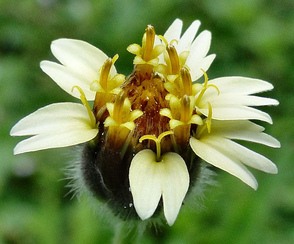
- Syngenesious: Stamens are united by the joining of anthers. The filaments remain free. (e.g. Tridax)
The stamens can also be found fused with other whorls. This condition is called adhesion. It may be of different types.
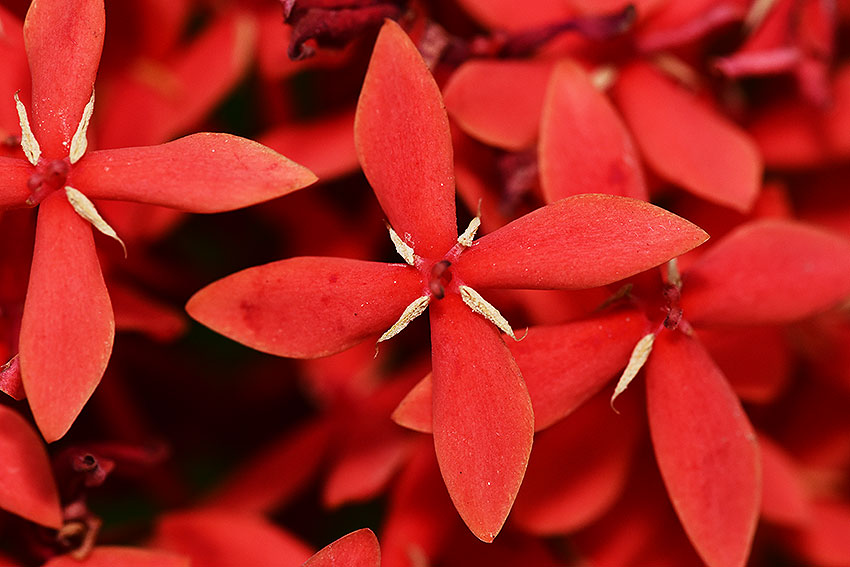
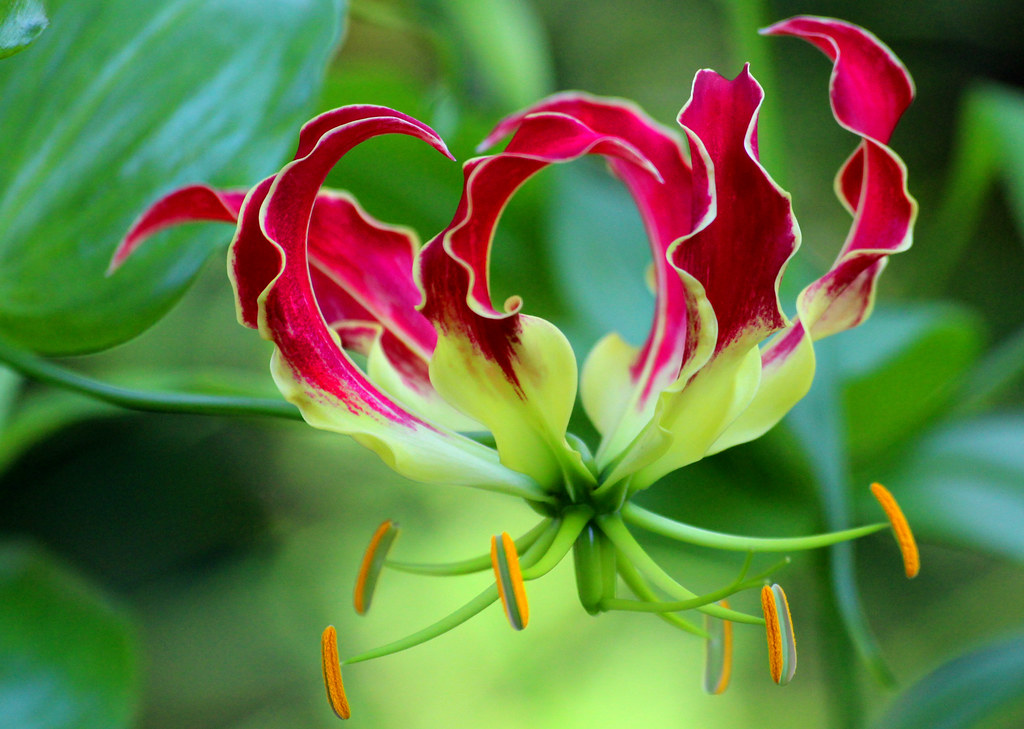
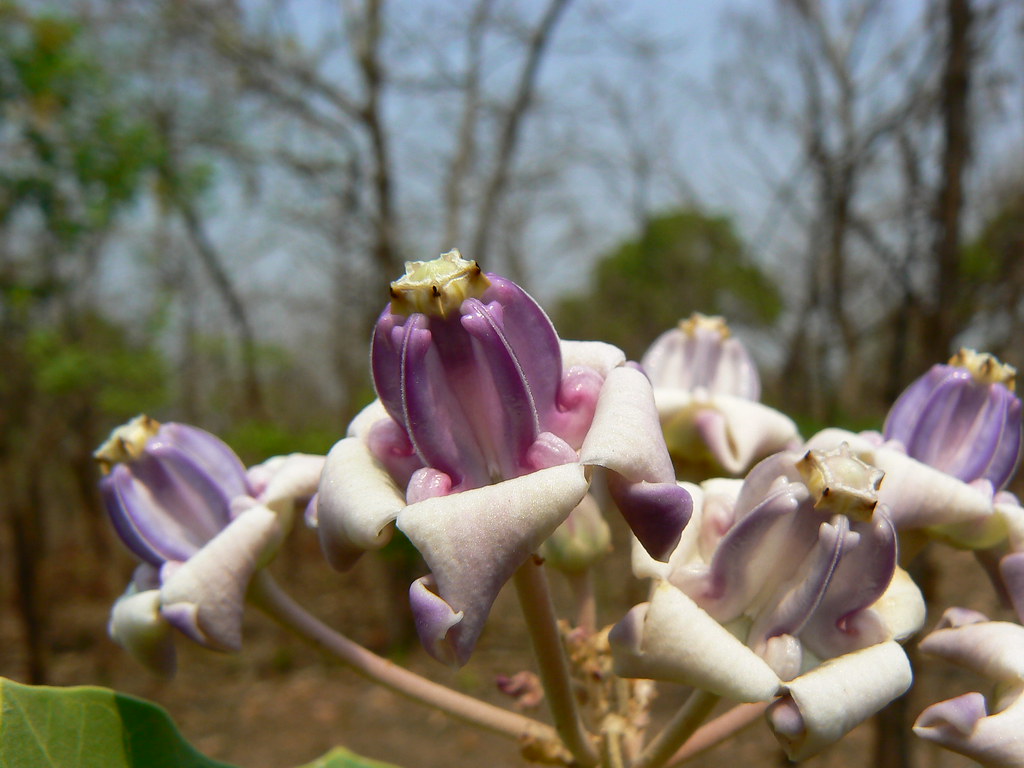
- Epipetalous: Stamens are found attached (wholly or partially) to the corolla, by means of their filaments. Anthers would be free. (e.g. Ixora)
- Epiphyllous: When stamens are found attached to the perianth of a flower, it is called epiphyllous condition. (e.g. Gloriosa)
- Gyandrous: Stamens are attached to the carpel (either by whole length, or by the anthers. (e.g. Calotropis)